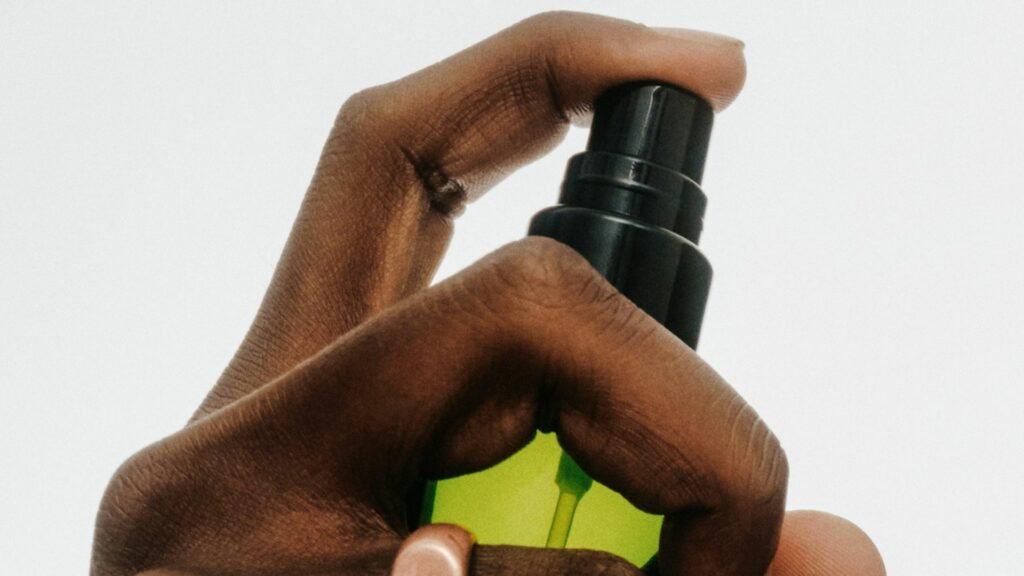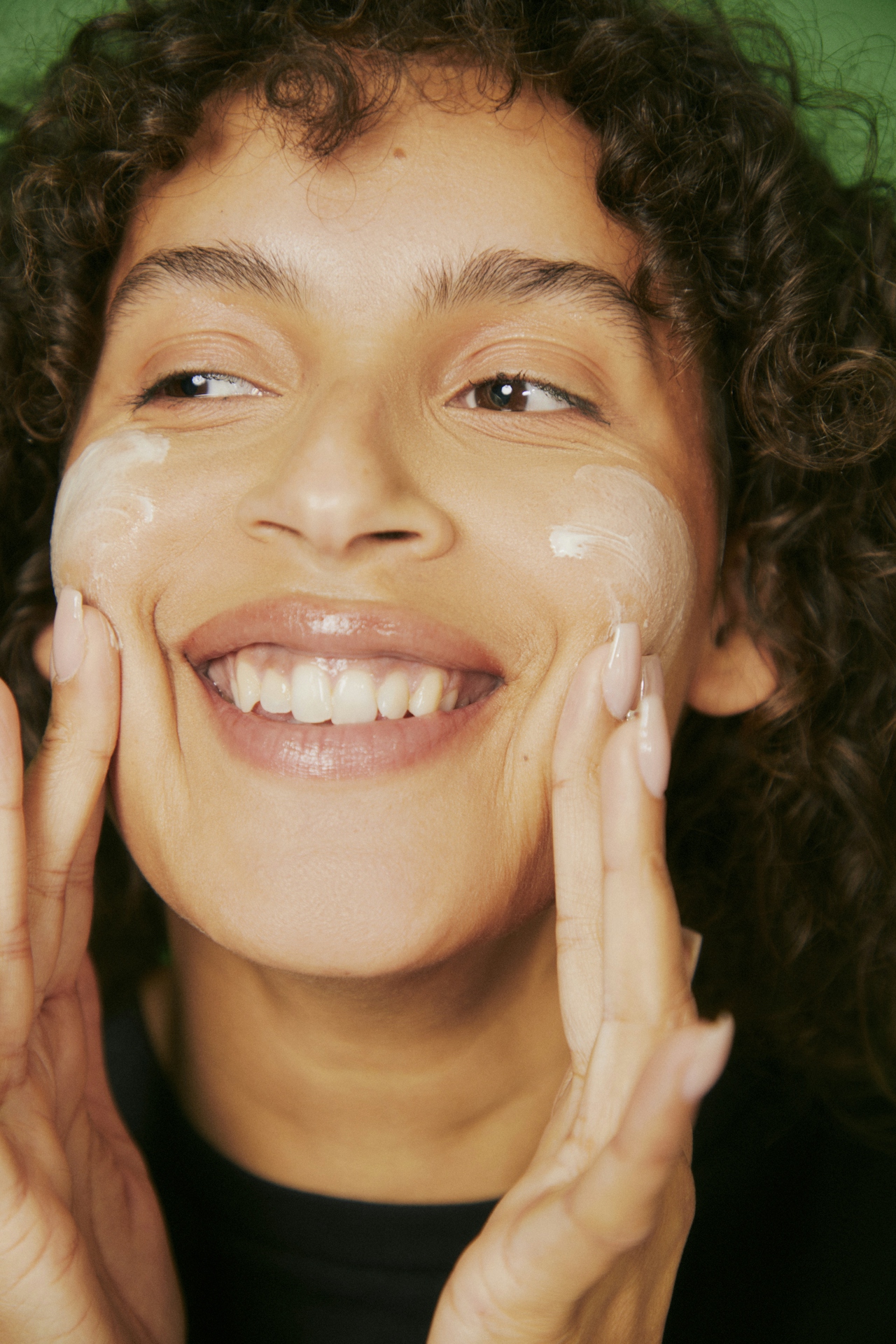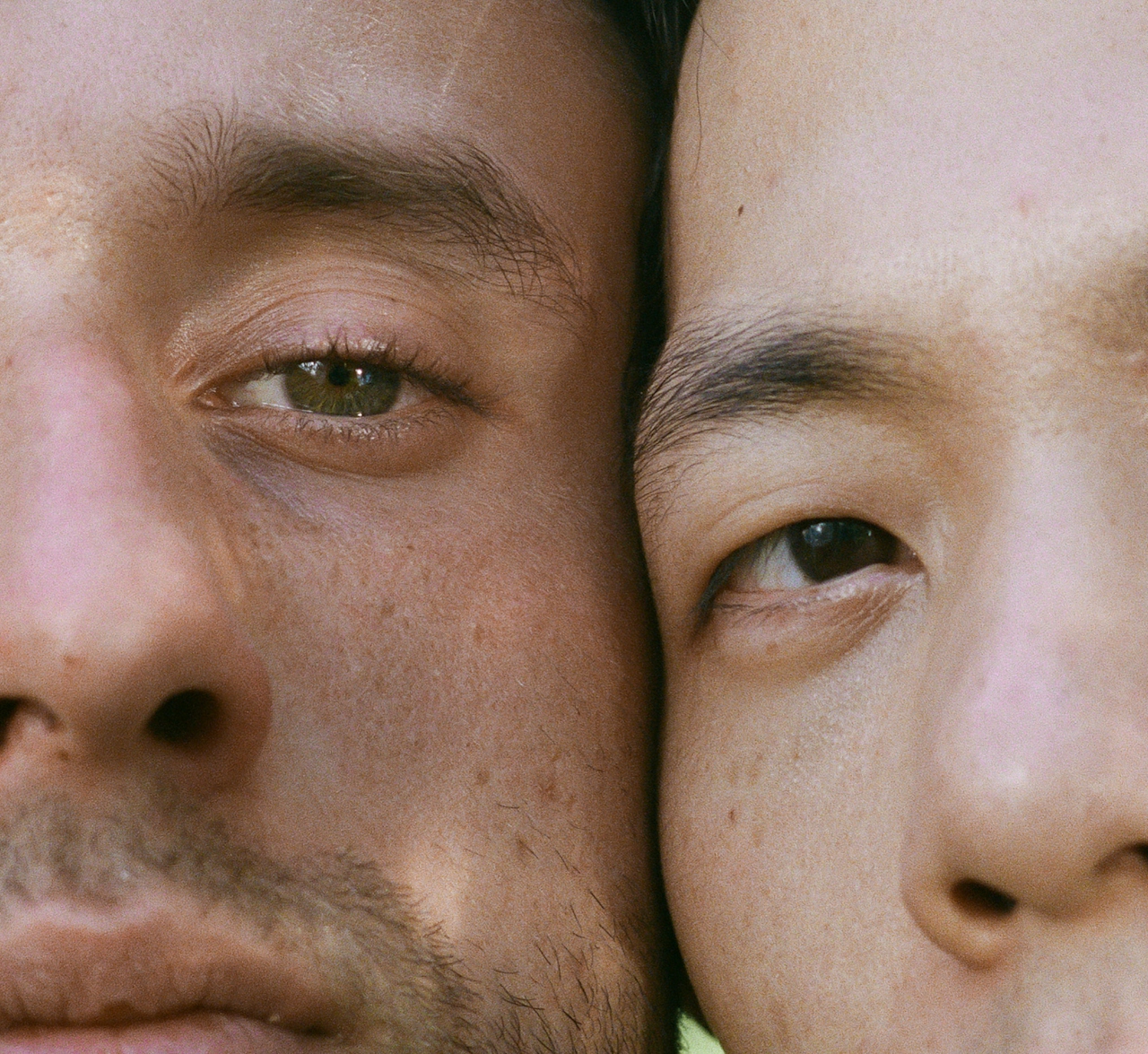
If you’ve been scrolling beauty TikTok lately, you’ve probably noticed the sudden inundation of content creators raving about the benefits of hypochlorous spray.
From preventing post-workout and post-flight acne, odour reduction, inflammation reduction and even cleaning equipment, part of its allure and trendiness lies in its versatility.
What’s notable about this trendy product, however, is how it’s remained popular and relevant since its initial rise to TikTok fame in 2022 – when a now-infamous red bottle by beauty brand Tower 28 adorned my FYP page.
Two years later, my FYP page is still filled with hypochlorous spray videos – user reviews and aesthetic POVs of using it while travelling or even running during car rides as people run daily errands.
Of course, this piqued my curiosity, so I investigated to see if it was worth the hype.
What is hypochlorous spray?
It’s a skincare product that uses hypochlorous acid (HOCI), a naturally occurring substance our body produces daily as part of its immune response. Your white blood cells utilise it to defend you against bacteria and other pathogens.
In other words, it’s an antimicrobial product – now available in a spray bottle you can take to the gym, office or in your luggage. Because of its antimicrobial and anti-inflammatory properties, it can help soothe sensitive skin and reduce redness, particularly from active breakouts.
How does hypochlorous spray work?
When applied to the skin, hypochlorous acid helps to reduce redness and calm active inflammations while fast-tracking the skin’s natural healing process of scrapes and cuts.
As for acne, it can help prevent the occurrence of new breakouts and pimples by disrupting the cell walls of bacteria that may attach to your skin, effectively neutralising them without negatively impacting your skin.
Why it’s in a spray format? Honestly, it’s for convenience (which I’m not mad about).
The benefits of hypochlorous spray for your skin
Antimicrobial properties
Its most significant benefit lies in its ability to eliminate bacteria, fungi and viruses on the skin without initiating it. Therefore, hypochlorous acid spray can benefit people with sensitive or acne-prone skin. Unlike alcohol-based sanitisers, the hypochlorous spray is soothing upon application and won’t dry out the skin.
Helps to reduce inflammation and redness
Its anti-inflammatory properties can help reduce the look of redness, swelling and irritation. Paired with its wound-healing benefits, it is a good option for people with sensitive skin conditions like eczema or anyone with a damaged skin barrier needing nourishment.
Brings balance back to your skin
Hypochlorous spray is pH balanced, meaning it won’t disrupt your skin’s natural barrier. Regular application can help maintain skin barrier strength, which helps prevent dryness, excessive oil production and increased sensitivity.
Safe for all skin types
The spray will benefit acne-prone and sensitive skin types greatly. However, normal, oily, dry, dehydrated, and combination skin types can also use this product daily.
Is hypochlorous spray safe for the skin?
Dermatologists have deemed it safe for the skin. Because it’s similar to the HOCI that’s naturally produced by our body, it will recognise it as such when applied topically via a hypochlorous spray.
How to add hypochlorous spray to your routine
This is a no-mess, fuss-free product, so there’s no need to acclimate your skin to it like you would with actives. Spray it evenly on your face whenever you see fit. Easy peasy.
The Bottom Line
Is hypochlorous spray worth it? I’d say yes, but it’s important to note that it’s not a be-all and end-all solution for more significant skin concerns like acne or eczema. That said, it may be a valuable addition to your skincare routine, especially if you’re trying to reduce the occurrence of breakouts.
That said, with its gentle antimicrobial and anti-inflammatory properties – it’s a win in my books. The easy spray application and versatility are the icing on the cake.



